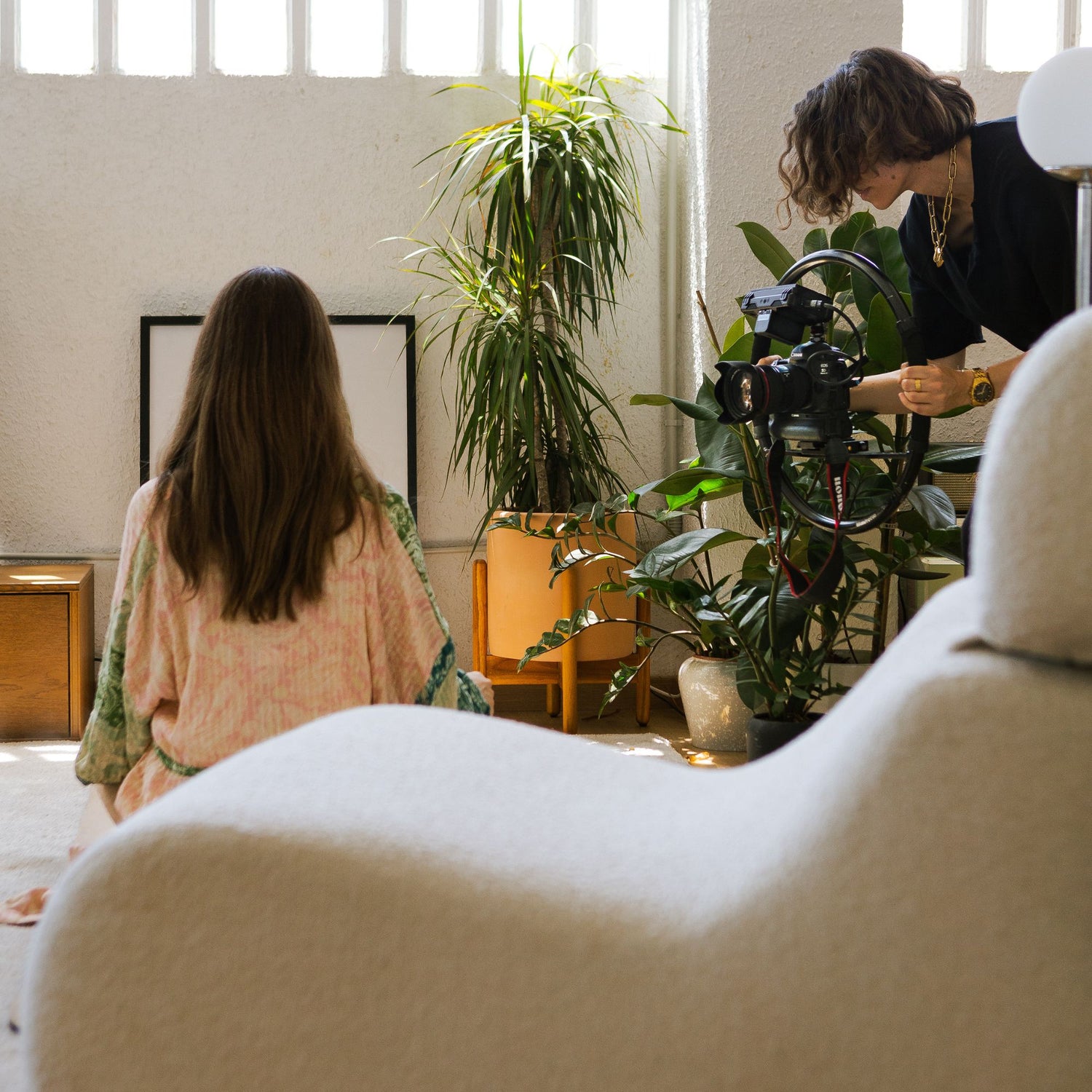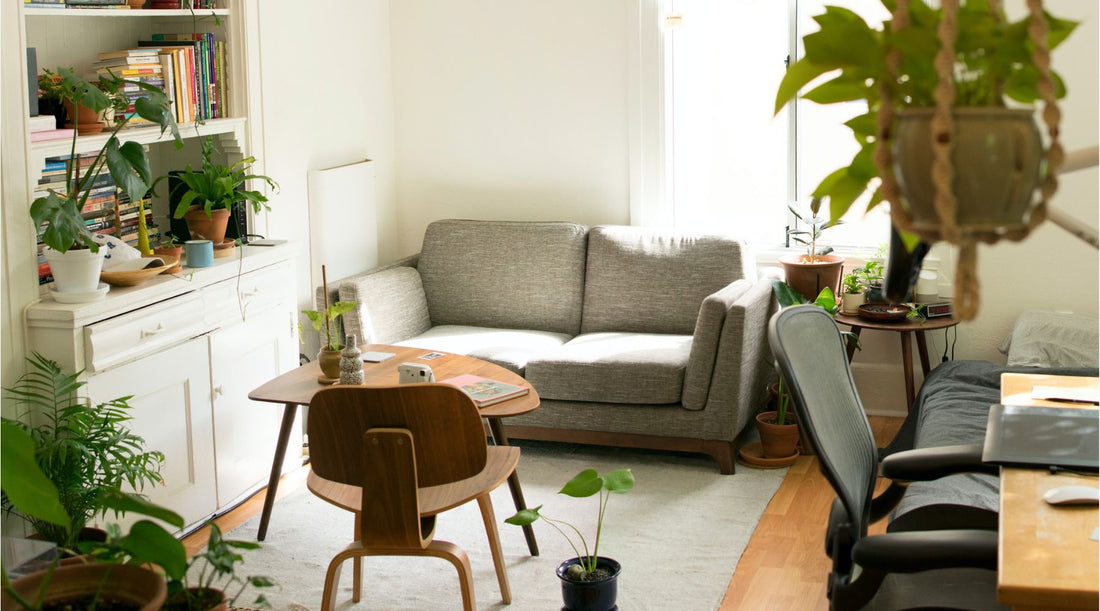We can’t avoid it, it’s all over the news and all our friends are talking about it: climate change. We know we’ve got to make changes to our day-to-day lives, to do our bit, but where to begin?
The best place is to start at home, by re-evaluating your everyday tasks, like cleaning and cooking, and assessing whether there is a better alternative. Yes, there are plenty of costly ways to make your home more eco-friendly, but there are also many simple, inexpensive hacks that can help your household become that little bit greener, too. You might even save a bit of cash!
Simple ways to make your home more eco-friendly
Cut food wastage
It’s an eyewatering statistic, but 9.5 million tonnes of food is wasted in the UK alone, every year. Most of us are guilty of contributing to this number, as we get to the end of the week and realise we bought more tomatoes than we needed, or the sausages have gone out of date. There are ways around this though, that can help us all cut down on food wastage.
Firstly, start the week by planning out every meal you’ll eat over the next seven days. Then, visit the supermarket armed with a list of exactly what you need. By pre-planning what you eat, you’ll only buy ingredients that you’re actually going to use for each meal, thus limiting your food wastage. This can also help you save money, as you won’t be buying food without a purpose.
Buy seasonal fruit and vegetables
Have you noticed how, in the UK, strawberries are cheaper (and tastier) in the summer? It’s because they’re ‘in season.’ This refers to the stage of the year when the fruit is naturally ripe and ready to pick. As a result, you get fruit that hasn’t been grown through artificial heating and lighting. In the summer, the strawberries you’ll find in the supermarket will most likely have been grown on UK soil. The same goes for the likes of butternut squash and pumpkins in autumn.
Not only does eating seasonal fruits and vegetables save our pennies, it’s also more eco-friendly than buying the same produce all year round. The carbon footprint of something that’s been grown in your own country, perhaps from a local farm if you’re buying from a green grocers, is much smaller than produce that’s been grown abroad, or in synthetic conditions.
You can take advantage of seasonal produce by first familiarising yourself with the fruit and vegetables that grow naturally during each season and planning your meals accordingly. For example, winter is a great time to stock up on parsnips and sprouts, whilst in spring vegetables like leeks and rhubarb take centre stage.
Reuse and recycle
Did you know that, according to WWF, it takes 715 gallons of water to produce enough cotton to make just one t-shirt? If you multiply that by the number of new garments that are bought by consumers every day, the figures grow beyond comprehension. If we can extend the lives of items that already exist – from clothes, to furniture, to technology – rather than throwing them in the bin, we can lessen the resources and energy that are used to bring new items into existence and reduce what we’re sending to landfill.
The first step is to get your whole household on board the reuse and recycle train and encourage them to ask themselves these five questions, the next time they want to throw an item away:
- Can this item be used for something else?
- Can I make changes to this item, which will mean it becomes something I want to keep?
- Can someone that I know make use of this item?
- Can I donate this item to charity?
- Can I sell this item on a resale site?
More often than not, the answer to at least one of these questions will be ‘yes,’ which means one less item will be sent to landfill.
Use cleaner cleaning products
Most standard cleaning products are made up of a cocktail of toxic ingredients which, yes, make our homes clean, but have horrible consequences for the environment. Their non-recyclable, one-use packaging is only a small part of the problem, the real horror happens when you rinse these chemicals down the sink and they enter our water supplies.
When common cleaning ingredients, like alkylphenol ethoxylates, reach our rivers and oceans, the water becomes contaminated and the chemicals are consumed by wildlife. If this wildlife is the kind which is caught for human consumption, those chemicals ultimately can end up in our bodies too. That’s if we haven’t already inhaled the raw particles as we’re cleaning.
Luckily, there are products out there made from natural ingredients, which are designed to protect the consumer and the environment. hygëia proudly offer a range of cleaning sprays, which only contain ingredients that derive from essential oils, minerals and plants, so when they’re flushed or washed away, you know they’re not harming our environment. The concentrated sprays all come accompanied by a reusable glass bottle, with a lifetime guarantee, which you can keep refilling for decades to come.

Bigger ways to make your home more eco-friendly
Whilst there are plenty of simple ways we can make our environment more eco-friendly, there are also bigger changes we can make to our homes, that will make a significant difference to the climate change cause. Here are some ideas:
- Better insulate your home – Adding insulation to your loft space, under your floorboards and in cavity walls will keep your house warmer and reduce the amount of energy that it takes to heat it.
- Install solar panels – Running your home with a renewable energy source, like sunlight, instead of fossil fuels will lower your household’s carbon footprint significantly.
- Upgrade your windows – Install triple glazed windows into your home, which offer better insulation than double paned windows, plus better sound proofing.
- Invest in a new boiler – You can buy eco-friendly boilers, which run off of renewable energy resources. This is a costly investment, but can help you save money on your bills whilst running a more eco-friendly home.
Final thoughts
There are plenty of ways to make your home more eco-friendly. Some you can start right now, others will need some planning. Regardless of what you choose to do, don’t forget to encourage your friends, family and neighbours to do the same and start a chain reaction of planet-saving, positive change.



